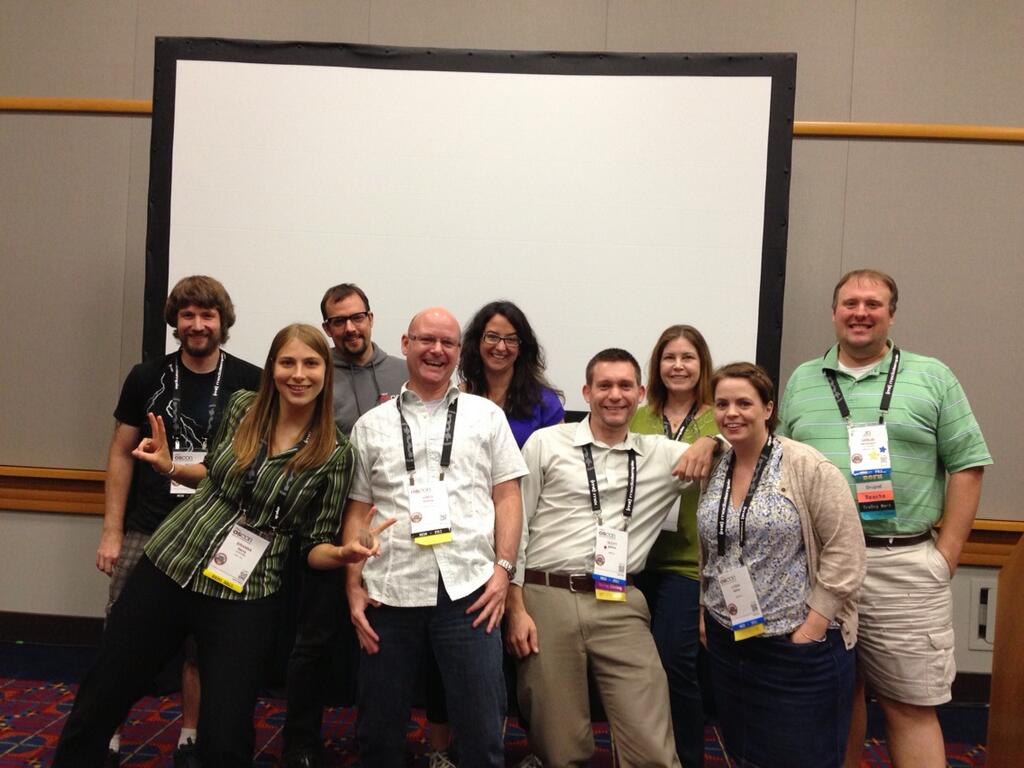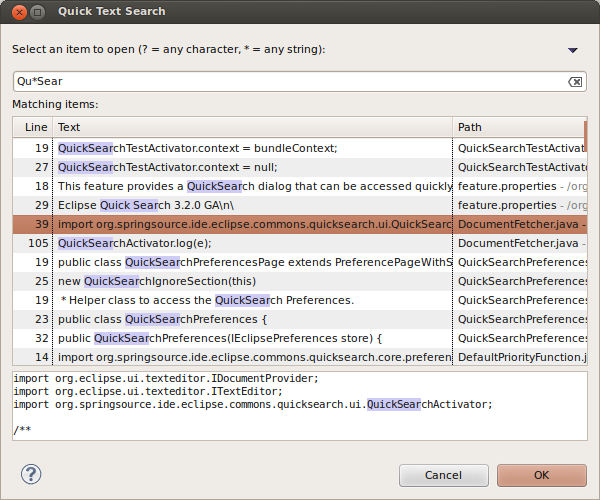Spring Boot – Simplifying Spring for Everyone
(This blog post was written jointly by Phil Webb and Dave Syer).
We are pleased to announce the first milestone release of a new project called Spring Boot.
Spring Boot aims to make it easy to create Spring-powered, production-grade applications and services with minimum fuss. It takes an opinionated view of the Spring platform so that new and existing users can quickly get to the bits they need. You can use it to create stand-alone Java applications that can be started using 'java -jar' or more traditional WAR deployments. We also provide a command line tool that runs 'spring scripts'.
The…


